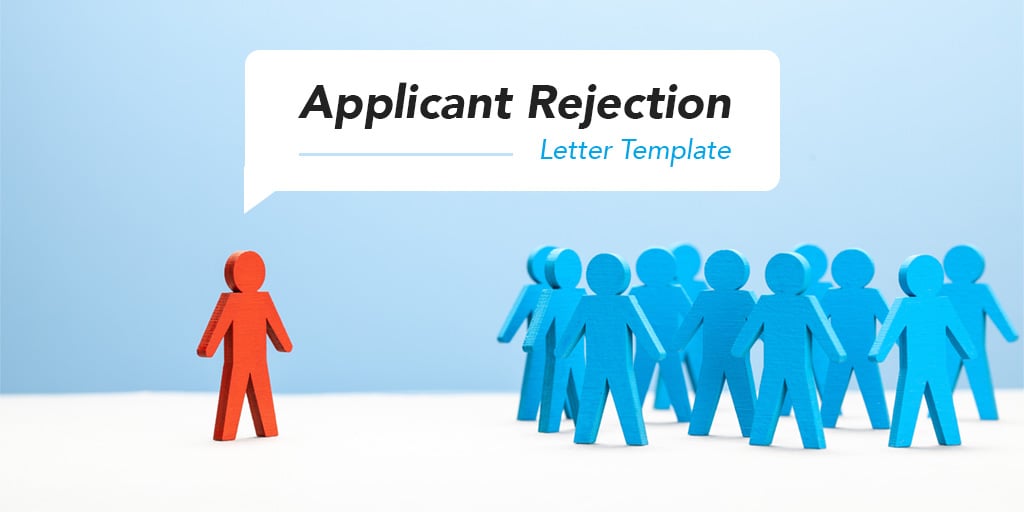As a business owner, you know that hiring the right people is essential to your success. But what happens when your business needs change? Should you stick to the way you’ve always approached hiring? Or should you adjust your hiring strategy to reflect those changes?
The answer is obvious. You adjust. But how? In this blog post, we’re going to show you by discussing a step-by-step framework on how to evaluate and evolve your hiring strategy.
By applying what you’ll learn here, you’ll gain a deeper understanding of not only your hiring strategy but also:
- How your hiring strategy affects the likelihood of achieving your business goals
- How to avoid being unexpectedly understaffed
- How to align your hiring strategy to commercial and financial benchmarks
- And more
Sounds good? Great! Let’s get started by doing the work you might be avoiding…
Step 1: Answer the tough questions
To build out and improve your hiring strategy, you need to understand thoroughly where you stand right now. Is it articulated in any formal, documented way? Or is it more reactionary, hiring as-needed for vacant or understaffed roles?
Whether you’ve formalized your hiring strategy or not, it’s actually a complex combination of many factors. We recommend assessing these aspects of your hiring experience, from top to bottom, as best you can:
- Where are you sourcing applicants? (Job boards and career fairs—which ones? Employee referrals and word-of-mouth? Walk-ins? Social media?)
- Where did you source your best and/or longest-tenured employees? Which channels are providing you with the best cultural fits?
- How much are you spending on advertising and promotion for hiring? Where are you spending it, and how does that correlate to the success of those hires?
- What is your churn rate? How many positions do you have at full staffing levels, and how often are you hiring for them?
- How often are you operating at full staffing levels, and how often (and to what extent) are you operating understaffed?
- What trends do you see over time for applicant flow, hiring rate and retention rate? How have your staffing needs evolved over time?
- How have your hiring practices correlated with the financial successes or struggles of your business?
It’s key to dig in deep enough to find the actual answers to these questions—not simply the answers you think or believe to be true. You might presume your new hires are coming predominantly from job postings, when actually they are coming from employee referrals.
Step 2: Get clear on your goals
Once you understand where your business stands, you can formulate where you want to go. What are your business goals? Often people express these in terms of gross sales or net profit. But you might have other quantifiable goals—to double your franchise locations in five years, to be the top-selling QSR in your neighborhood or to be able to donate a million dollars a year to local nonprofits.
Accounting for how your business is doing right now, where you want to go and when you want to get there, you can develop a staffing plan to understand how many people you’ll need to help you attain those goals.
One piece of advice for QSRs:
The restaurant industry is not an end-goal game. Rather than setting one-time goals by themselves (such as “This location will make a million dollars”), set rolling, SMART goals that can help you meet and exceed those goals (such as “This location will net $50,000 a quarter”).
To help you get there, you can even take more fixed goals, like doubling your number of franchises and breaking them into improvement markers at your current locations. This will set your business up for sustained success and ensure you plan to have enough staff to reach your goals.
Step 3: Align your hiring strategy with your business goals
Once you have that clear sense of your goals and how you want to grow your business, you’ll also have a sense of your gaps—and the future needs to fill them.
How many people do you need? In what roles? And how do you need to build your hiring strategy to meet those needs on an ongoing, rolling basis?
If you’re not quite sure how to answer those questions just yet, steps 4-7 will help.
Step 4: Figure your general staffing needs
You can assess and estimate your staffing needs going forward using:
Staffing ratios
Staffing ratios rely on the rule-of-thumb method to estimate staffing needs according to organizational structure. This strategy works well if you’re maintaining the same operational structure.
Let’s say the ideal setup for your QSR is five FTE hourly workers on the floor for every manager. Short-term, you’ll need to maintain that number of workers for optimal operations. Long-term, if you’re expanding, you know you’ll need to plan on hiring five more staffers for each manager you add or promote.
Productivity ratios
Productivity ratios estimate how much product or customer throughput your team can handle per person. Then, you can apply that estimate to sales forecasts or growth goals to determine your hiring needs.
For example, a QSR that sells 10,000 sandwiches a month, with five staffers on the floor at any point, can anticipate needing to hire five more staffers to reach 20,000 sandwiches a month—or maintain those staffing levels to hold steady at 10,000 sandwiches.
Step 5: Get flexible with a dynamic hiring plan
Of course, how often do things go according to plan? And when is the restaurant world ever a perfectly-insulated environment where your ratios remain static and always effective?
No straightforward business forecast or staffing plan will go as anticipated. So, it’s critical to focus instead on being adaptable – especially during this transition phase of running a business during the “new normal”.
A simple way to do this is to be proactive instead of reactive. As one of our Workstream customers once said: “You need to start hiring today for the roles you’ll need filled three months from now.”
Let’s use those hypothetical five FTE workers per manager again. You want to maintain that ratio, but let’s say historically you need to rehire for three of those hourly positions each quarter.
Rather than reacting to a vacant role by hiring, you can anticipate that hiring need by planning to hire one worker a month on a rolling basis.
Yes, sometimes this will result in having six workers to schedule for shifts—and playing the numbers, you’ll still sometimes be a worker down. But the staffing will stay more reliable, keeping the customer experience smooth and preventing much of the lost-business cost of an understaffed team.
Step 6: Tie hiring growth to financial, commercial or other benchmarks
Taking a growth mindset to reach your goals, you can also set benchmarks for when to hire additional team members—and when to scale out the organizational structure.
The productivity ratio described in step 4 is not always predictive—meaning, doubling your workforce may not automatically double your throughput. You need to hire more people when the growth is ready to happen, more than the other way around. To do so, you can tie your hiring strategy to other business objectives.
For instance, you might hire another manager only after your store sees X% increase in sales or customer visits. Or, rather than setting a date to sign up for another franchise, you decide to do so only after your existing location maintains a certain sales figure for Y months.
Step 7: Customize your hiring plan to fit your business
There’s no magic ratio for maximizing staffing-to-profit. And you might have other aspects of the customer experience that determine your staffing needs—the speed of service, the number of locations, expanded hours, community outreach and involvement.
Consider these key points when building a hiring plan that works for your business:
How many employees, in what roles, do you need to reach your goals? When do you need them, when will they be most impactful and when can you best afford them?
- How much of this number can you realistically attain through hiring? How much can you realistically attain by reducing churn?
- What roles do you need to backfill? Based on your historical churn data, how often do you need to fill them? How can you address this need with a rolling hiring strategy?
- What new roles or skills do you need to onboard to maintain or scale your current operations? At what point do you need them—and when can you hire for them?
- How can you modernize your scheduling and staffing practices to maximize the potential of your workforce, in terms of both their productivity and their satisfaction with your company?
- Historically, how much has hiring cost you—both in direct costs (job boards, hiring managers, etc.) and in indirect costs (lost productivity from being understaffed, managers focused on hiring instead of serving customers, etc.)?
- How much time has it historically taken your company to fill vacant roles? What other resources are you dedicating to hiring, onboarding and retaining employees?
The honest, thorough answers to these questions will help you clearly understand the tools and support you may need—and those you already have—as you build out your workforce.
Final Thoughts
An effective hiring strategy is more than simply hiring people whenever you have vacant roles. Rather, it involves having a clear understanding of your business’s goals and then hiring people in progressive steps, with dynamic flexibility.
To build that type of hiring strategy, follow the 7 steps we’ve shared in this blog post:
- Answer tough questions about your current hiring strategy
- Get clear on your business goals
- Align your hiring strategy with your business goals
- Figure out your general staffing needs using staffing and productivity ratios
- Add flexibility to your hiring plan to account for unexpected obstacles
- Tie hiring growth to financial, commercial or other benchmarks
- Customize your hiring plan to fit your business
And if, during all of this, you realize that you’ll need a new tool to help you recruit and onboard new hourly employees, check out Workstream. We’ve designed a hiring platform and mobile app specifically to help business owners maximize the effectiveness of their hiring strategy.
Request a demo and see how your business can start hiring hourly workers faster!





